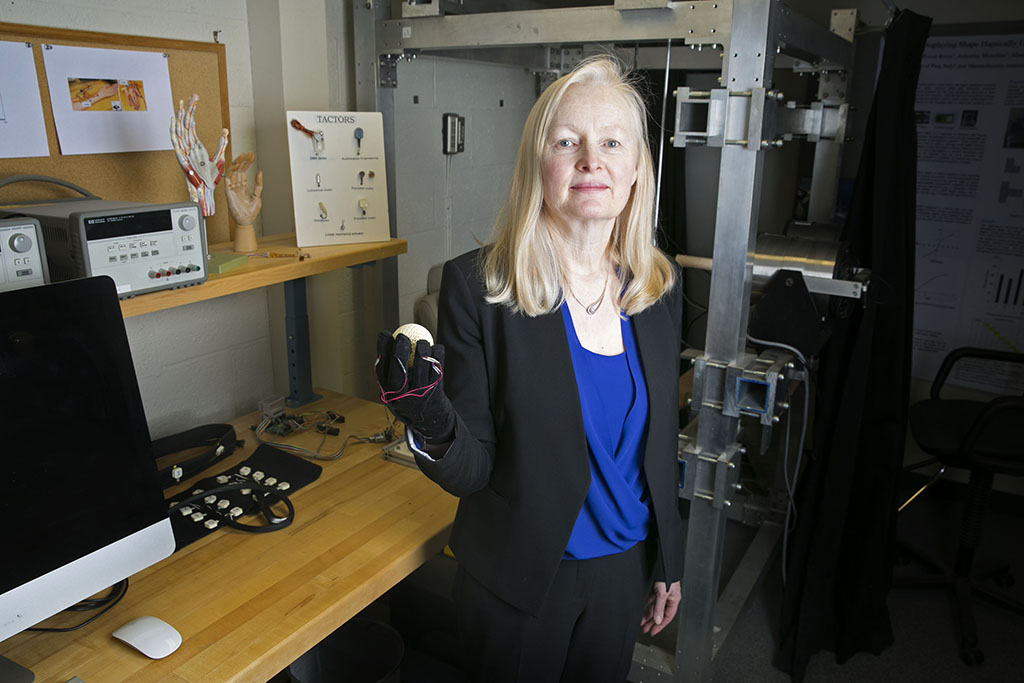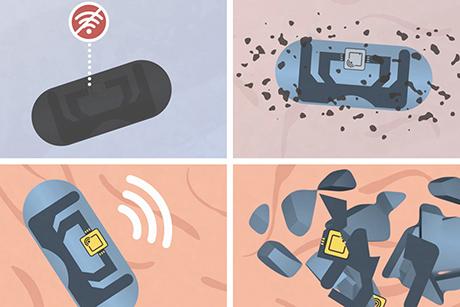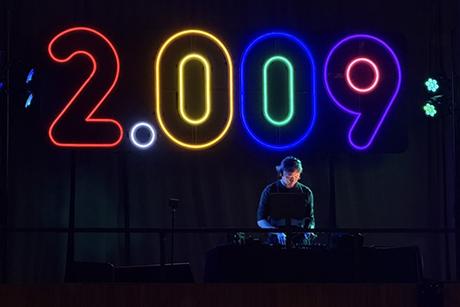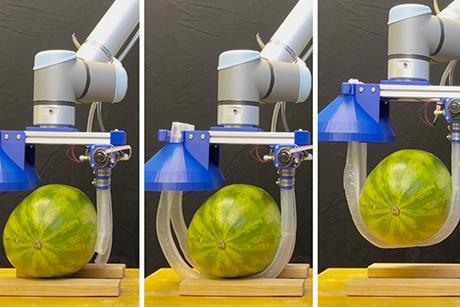Four from MIT are named 2018 IEEE Fellows
Each year the Institute of Electrical and Electronics Engineers (IEEE) honors members who have achieved “extraordinary accomplishments” in their research fields by naming them IEEE Fellows. The recently announced list of 2018 IEEE Fellows includes MIT affiliates from the Department of Mathematics, the Department of Mechanical Engineering, the Department of Aeronautics and Astronautics, and MIT Lincoln Laboratory.
Alan Edelman, an applied mathematics professor in the Department of Mathematics, was honored for his "contributions to the development of technical-computing languages," namely the Julia language for numerical and scientific computing. He was a member of the MIT faculty from 1993-1998, as an assistant then associate professor, and returned in 2002 as full professor. He is in the Applied Computing Group and Julia Lab Leader at the Computer Science and Artificial Intelligence Laboratory (CSAIL).
Edelman is known for a wide range of accomplishments in pure and applied mathematics, and in computer science. In 2004, he founded the high-computing startup Interactive Supercomputing, but after it was acquired by Microsoft, Edelman pursued the development of a faster programming environment that would also reduce development time. In 2012, his project released Julia under an MIT open-source license, and today hundreds of developers all over the world collaborate on it. Besides random matrix theory technical software, he is also known for his contributions in numerical linear algebra and numerical computing. Other awards Edelman has received include the IEEE Babbage Prize in 2015 and fellowship in the American Math Society and SIAM. He was 10th in the nation in the 1980 USA Mathematics Olympiad and is an MIT alumnus, earning his PhD in mathematics in 1989.
Jeffrey S. Herd, the leader of the RF Technology Group at MIT Lincoln Laboratory, was selected for his “leadership in the development of low-cost phased array technology.” As group leader, Herd directs the development of RF technologies for emerging national security needs in radar, electronic warfare, and communications. He is leading research and development in several innovative technologies: lightweight arrays that may enable affordable space-based radar constellations, next-generation diamond-based power amplifiers, and system-on-chip wideband receivers. In the area of electronic warfare, he is guiding the development of simultaneous transmit and receive technology that is essential to system improvements. He has published more than 50 technical journal and conference papers and is an inventor listed on four issued patents.
From 2012 to 2014, Herd served on the National Academy of Science Panel for Active Scientific Uses of the Radio Spectrum. He has also served as an elected administrative committee member for the IEEE Antennas and Propagation Society. In 2013 and 2016, he was the general chair of the IEEE International Symposium on Phased Array Systems and Technology, and is currently the general chair for the 2019 conference. Prior to joining Lincoln Laboratory, Herd worked in the Sensors Directorate of the Air Force Research Laboratory and the Institute for High Frequency Physics at the German Aerospace Research Establishment in Munich, Germany.
Jonathan P. How, the Richard C. Maclaurin Professor of Aeronautics and Astronautics, was honored for contributions to guidance and control of air and space vehicles. He is head of the information sector within the Department of Aeronautics and Astronautics, director of the Ford-MIT Alliance, and was a member of the U.S. Air Force Scientific Advisory Board from 2014 to 2017. His research focuses on planning and learning under uncertainty, and he was the control lead for the MIT Defence Advanced Research Projects Agency Urban Challenge team. Other research interests include the design and implementation of distributed robust planning algorithms to coordinate multiple autonomous vehicles in dynamic uncertain environments; robust and adaptive control to enable autonomous agile flight and aerobatics; and reinforcement learning for real-time mechanical and aerospace applications.
How is editor-in-chief of the IEEE Control Systems magazine and an associate editor for the American Institute of Aeronautics and Astronautics Journal of Aerospace Information Systems. His work has been recognized with multiple awards, including the Institute of Navigation Burka Award, the IFAC Automatica award for best applications paper, the AeroLion Technologies Outstanding Paper Award for the Journal Unmanned Systems, the IEEE Control Systems Society Video Clip Contest, and numerous AIAA Best Paper in Conference Awards. How is also a fellow of the American Institute of Aeronautics and Astronautics.
Lynette Jones, senior research scientist in the Department of Mechanical Engineering, is being honored for her “contributions to tactile and thermal displays.” Jones is an expert in tactile communication systems based on wearable tactile displays. Her research has sought to expand the use of tactile displays beyond systems for the visually impaired, such as Braille, to more general applications including navigation, handheld devices, and virtual environments. She has been at the forefront of efforts to design haptic, tactile, and thermal displays that take human perception and the mechanical and thermal responses of skin into consideration. Her research group at MIT has built a number of tactile and thermal displays that have been used by both academic and industrial organizations.
Jones joined MIT’s Department of Mechanical Engineering in 1994. She has served on numerous national committees including the Committee on Space Biology and Medicine of the National Research Council. She has been the editor-in-chief of the IEEE Transactions on Haptics since 2014. Additionally, she has acted as program chair for the IEEE Haptics Symposium and as editor-in-chief of the conference editorial board for the World Haptics Conference.



